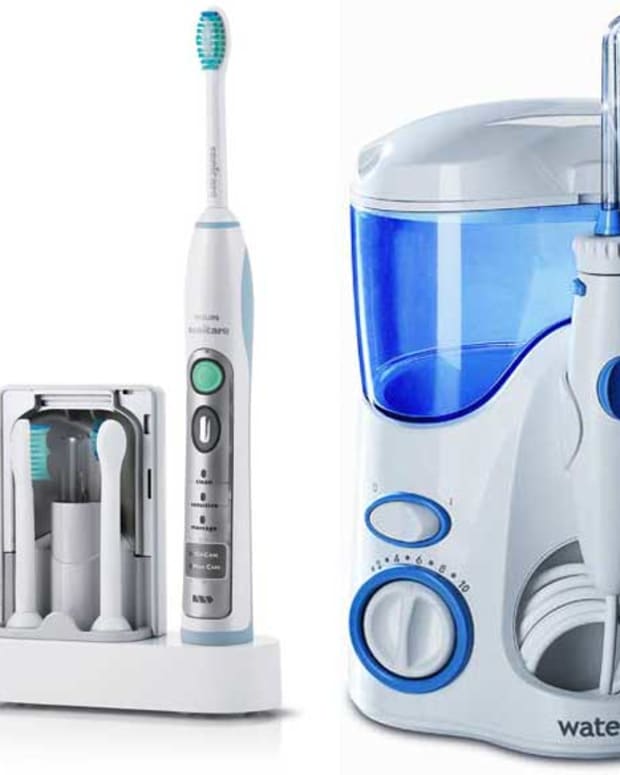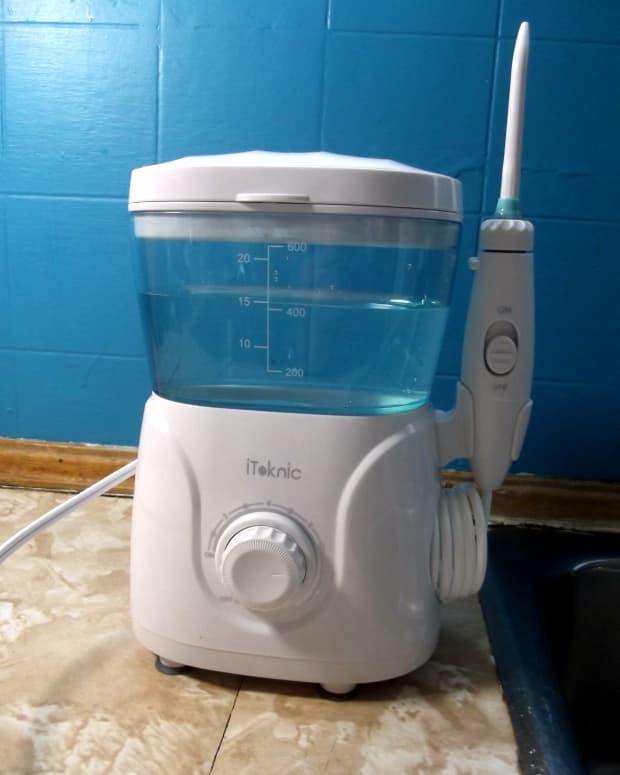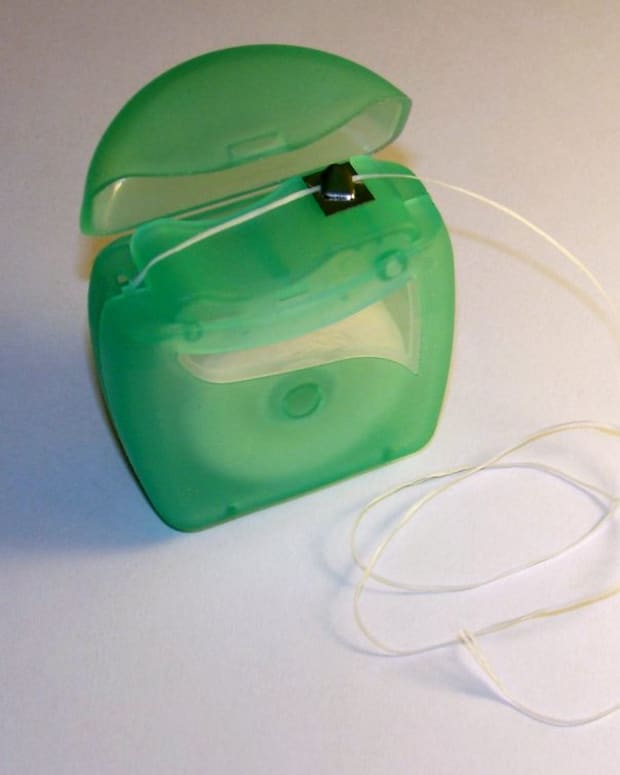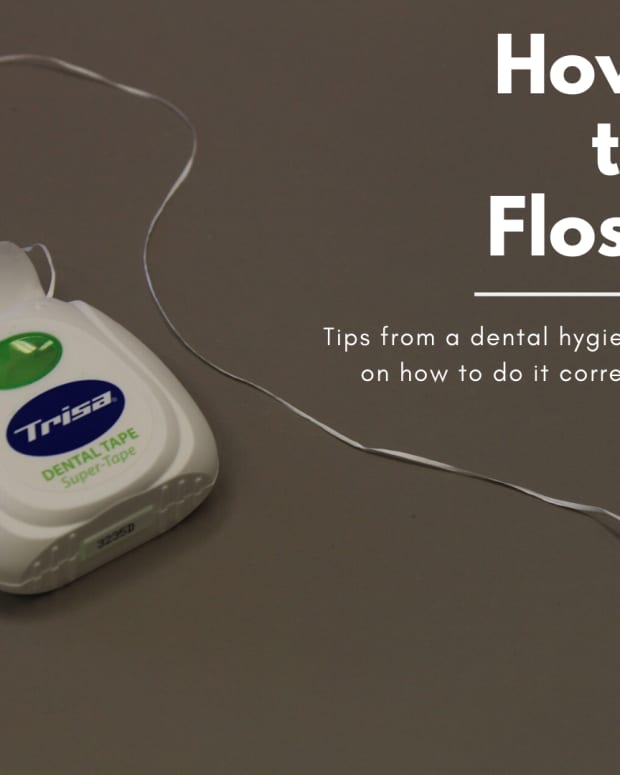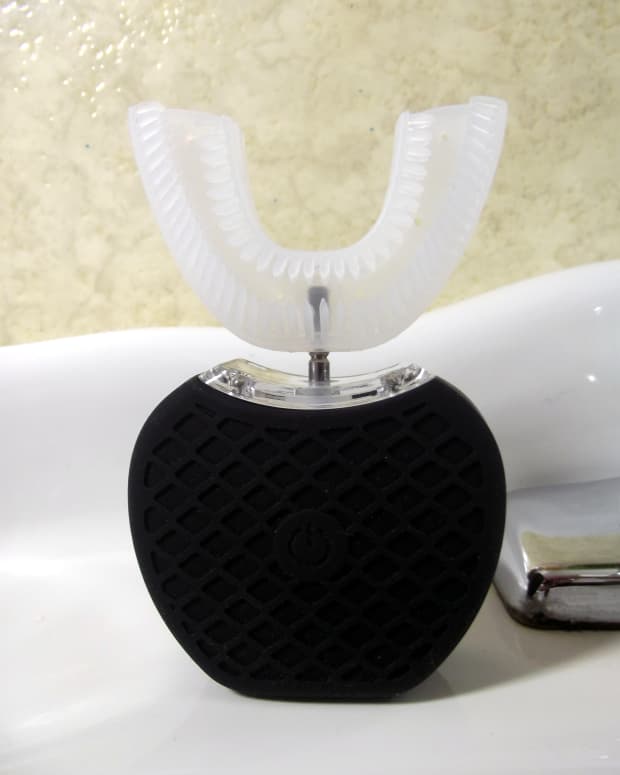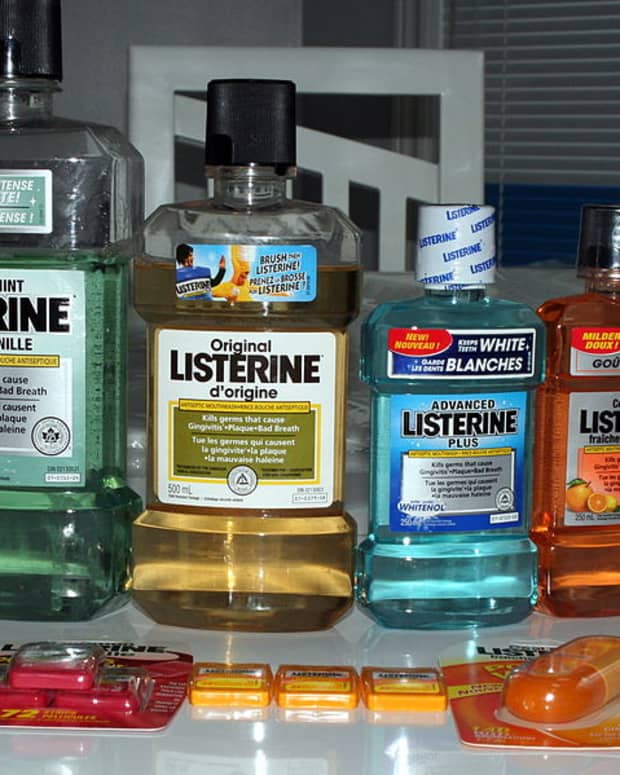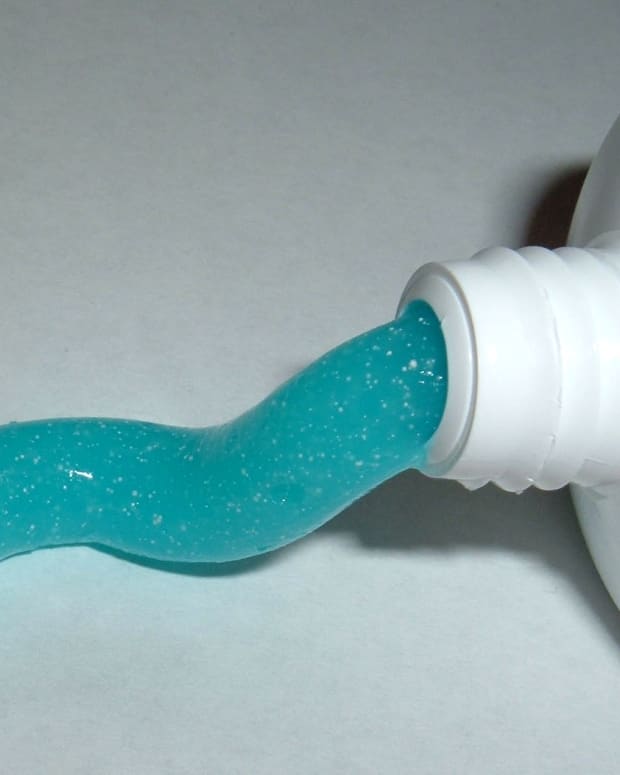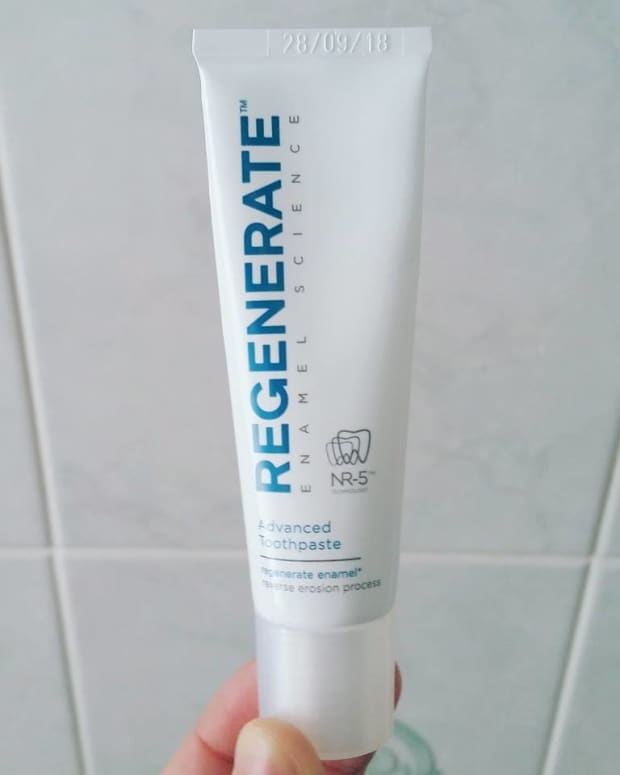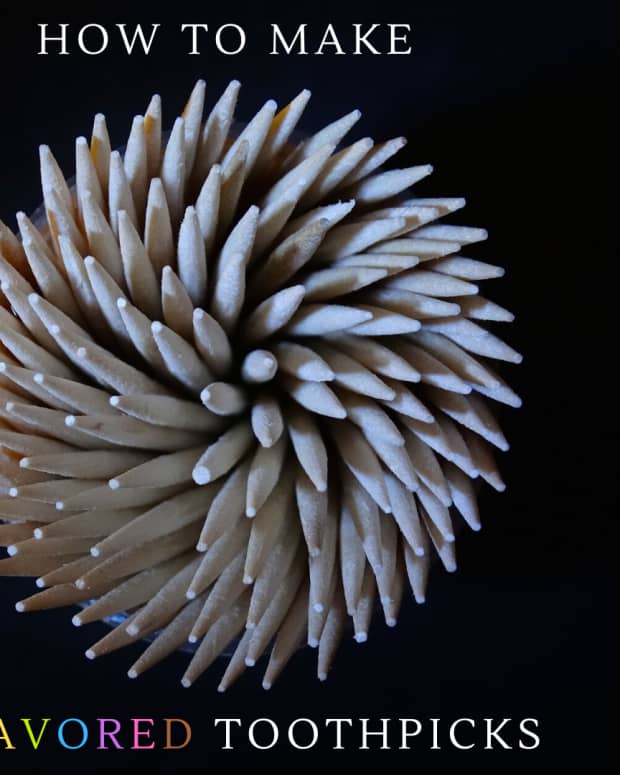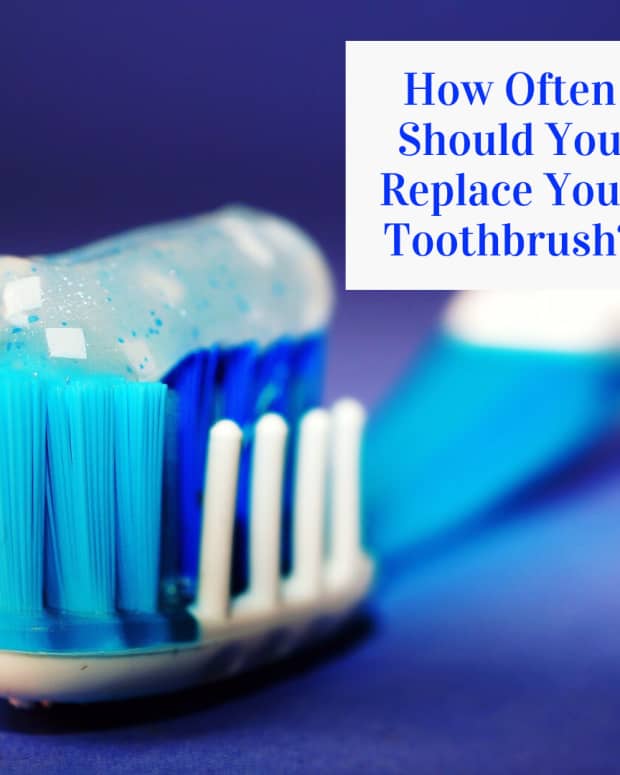Waterpik Water Flosser Ultra: A Personal Review
I have been researching and writing about consumer electronics for over 13 years.
A Closer Look at the Waterpik
After using the Waterpik Water Flosser Ultra, I decided I wanted to provide a review of it for others who might be considering it for themselves.
While I have been diligent about brushing my teeth at least twice a day and flossing with dental floss at least daily, visits to my dentist in the past couple of years indicated that my regime wasn't working. I was showing clear signs of gingivitis. My gums were beginning to recede and I was starting to even develop some bone loss around my lower molars.
The dental hygienist suggested that I try using a Waterpik for flossing. She indicated that it tended to be more thorough at removing plaque-causing food, as well as the harmful bacteria that forms, and that it would even go further below the gum line than what I could do with dental floss. It was suggested that I try a model that included a "Pik Pocket Tip," which would do the best job of getting deep below the gumline.
Later, I purchased the Waterpik Water Flosser Ultra.



So Why Does It Matter?
Millions of people avoid flossing altogether. Others, like me, floss but don't do an effective job. Some have other factors that make it very difficult to avoid developing problems with plaque (and eventually tartar) formation on their teeth, decay, and gum disease despite their best efforts. Braces and dental work itself can present problems.
My problem was gingivitis, which is an inflammation of the gums. It's a problem that a majority of people have to some degree. It's not terribly serious in some cases but can advance into a more serious form of gum disease known as periodontitis and tooth loss.
However, the problems extend beyond dental health to your overall health. Research indicates that periodontitis has been linked to increased risk of heart attack, stroke, or lung disease. It's even been linked to diabetes and Alzheimer's disease. You can learn more about this by reviewing this National Institutes of Health article regarding the link with diabetes or another study describing a link with Alzheimer's disease.
An Overview of My Experience
The Waterpik Water Flosser Ultra comes with tips.
- The Plaque Seeker tip is particularly useful for areas that are hard to reach, such as implants, crowns, bridges, and veneers.
- There is also a toothbrush tip for brushing and flossing at the same time.
- An orthodontic tip for people with braces is included.
- A tongue cleaner is also provided.
- There is also a jet tip for use on areas that are particularly sensitive.
- Also included is a Pik Pocket tip for going deeper, especially for people with periodontal pockets.
The tips store in a case that forms the top of the water tank on this Waterpik unit. The only flaw I found, is that the case has slots for 4 tips. A 5th tip is presumably attached to the handle at any time, but that leaves the 6th tip with no home for storage.
The unit delivers a stream of water that pulsates. The strength of the water stream can be varied by adjusting a dial on the front of the unit. There are 10 levels. Most new users should opt for level 1 until they feel they can or want to up the pressure.
The Waterpik Water Flosser Ultra does seem to be quite stable, well built, and has no leaks. It has a clean attractive look which means you won't mind leaving it set out on the counter.
This unit is however for home use, not for travel. There are portable Waterpik flossers, but this isn't really one of them. It's approximately 5 1/2" wide and 7 1/2" tall.
Ease of Set Up and Use
I'm not a mechanical person, but I didn't really need the instructions to set up the Waterpik. There is no assembly required. There is a quick start card in addition to a full instruction manual. Users just need to:
- Remove the lid/tip storage section.
- Remove and fill the tank with warm water.
- Replace the tank on the unit once filled.
- Reattach the lid
- The tip is then selected and inserted into the handle.
- Then the unit is plugged in and it's ready to use.
The device has two buttons on the handle. One is a small button that is to be depressed when removing a tip. The other is a large concave button that falls naturally where your thumb rests as you grip the handle. It is the pause button, which stops the water stream when desired.
Read More From Bellatory
The unit itself has only an on/off switch and a dial that allows you to select the water pressure. I find all of the controls to be easy to operate even during the task of flossing.
Performance and Effectiveness
I've now been using the Waterpik Water Flosser for more than eight years. My gingivitis is under control. I have no bleeding, tenderness, or significant inflammation.
In the years prior to using it, I would invariably have plaque buildup despite my being a dedicated flosser. Now, with flossing combined with water flossing, I rarely have any plaque buildup at all. I have also started using an antibacterial rinse as a final step in my nightly cleaning.
Instructions
The instructions are brief and easy to understand. Instructions cover how to set up the unit, care for it, how to troubleshoot minor problems, and hints on how to use the Waterpik Water Flosser and its various tips properly.
Cost/Value
The upfront cost of the Waterpik Water Flosser unit I purchased was just under $60 with tax. It comes with a three-year warranty. The rubber tip on the Pik Pocket attachment will likely split at some point and need to be replaced. It's estimated to last six months. The replacement is priced around $8-$9, although I found them online for somewhat less.
After eight years of use, however, I've only changed the Pik Pocket tip one time. So my experience indicates that the Waterpik is indeed very cost effective.
The Advantages of Water Flossers
The Waterpik Water Flosser offers a number of advantages that I find very attractive:
- It is faster than flossing.
- It's easy. I was concerned I wouldn't be able to determine when I was in the right spot with the water jet, but it's easy. I can feel the Pik Pocket tip running along my gum line. It's very intuitive and it's quicker than flossing with dental floss, as I don't have to bother with wrapping the floss around my fingers and advancing it after each tooth. (I use both, regular dental floss and the water flosser, but the water flosser is a quicker, easier process.)
- My dentist indicates it's more effective than flossing. The Waterpik literature says it's 93% more effective than string floss.
- There is never any discomfort or bleeding, and it causes no trauma to my gums.
- My mouth feels wonderfully fresh once I've finished flossing with this unit.
Tips for Using the Waterpik Water Flosser
To use the Waterpik Water Flosser, the tip should be held in the mouth with the lips closed and your head over the sink. When using the unit for the first time, the lowest pressure setting should be used. The tip should be held along the gumline at a 90° angle.
The unit is then turned on, and the tip is slid slowly along the gumline, pausing for just a second between teeth. You can allow water to flow out of your mouth and into the sink, or keep it in your mouth, pressing the pause button as you finish each section of teeth to spit the water out periodically. I typically do my teeth in four sections: upper front, lower front, upper back, lower back. The tip can be rotated to make reaching the back of your teeth easier.
Taking the time to get comfortable using the pause button (which can prevent splashing) and the rotation of the tip will make the process go smoothly. I would also recommend (as the instruction manual does) to use warm water, especially if your gums are a bit sensitive to cold.
The Waterpik Water Flosser can also be used with some mouthwashes and antibacterial solutions. But I believe you should check with your dentist to assure you are using something they would recommend. I use an antiseptic mouthwash separately.
Portable Models
Of course, for those who travel or who want to be able to floss throughout the day while they are at work or school, a portable flosser would be a better option than the home unit that I have. I haven't used them, but based on my experience with the Waterpik Water Flosser Ultra, I would expect similar quality and performance.
This content is accurate and true to the best of the author’s knowledge and is not meant to substitute for formal and individualized advice from a qualified professional.
© 2011 Christine Mulberry
Comments
irenemaria from Sweden on March 14, 2011:
Yes, I had one like this some years ago. It is quick and easy to use.






